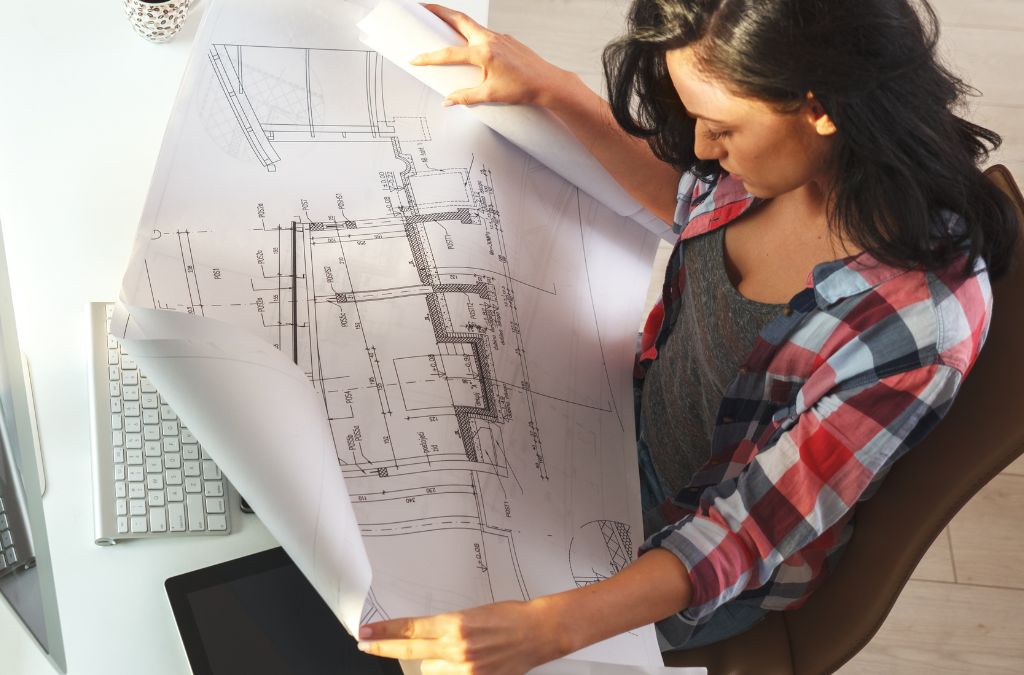-
Table of Contents
- Sustainable Design: The Architect’s Role in Eco-Friendly Building
- The Principles of Sustainable Design
- Energy Efficiency
- Water Conservation
- Material Sustainability
- Indoor Environmental Quality
- Site Optimization
- Case Studies in Sustainable Design
- One Central Park, Sydney, Australia
- Bullitt Center, Seattle, USA
- Masdar City, Abu Dhabi, UAE
- The Architect’s Role in Promoting Sustainable Design
- Advocacy and Education
- Collaboration and Innovation
- Continuous Learning
- Conclusion
Sustainable Design: The Architect Role in Eco-Friendly Building
As the world grapples with climate change and environmental degradation, the role of architects in promoting sustainable design has never been more significant. Architects have the unique ability to influence the environmental impact of buildings through thoughtful design choices, material selection, and innovative construction techniques. This article explores the various ways architects contribute to eco-friendly building and highlights some exemplary projects that showcase sustainable design principles.
The Principles of Sustainable Design
Sustainable design aims to minimize the negative environmental impact of buildings by enhancing efficiency and moderation in the use of materials, energy, and development space. Key principles include:
- Energy Efficiency
- Water Conservation
- Material Sustainability
- Indoor Environmental Quality
- Site Optimization
Energy Efficiency
Energy efficiency is a cornerstone of sustainable design. Architects can reduce a building’s energy consumption through various strategies, such as:
- Incorporating passive solar design to maximize natural light and heat
- Using high-performance insulation and windows
- Implementing energy-efficient HVAC systems
- Integrating renewable energy sources like solar panels and wind turbines
Water Conservation
Water conservation is another critical aspect of sustainable design. Architects can implement water-saving measures by:
- Installing low-flow fixtures and fittings
- Designing rainwater harvesting systems
- Incorporating greywater recycling systems
- Using drought-resistant landscaping
Material Sustainability
Choosing sustainable materials is vital for reducing a building’s environmental footprint. Architects can opt for materials that are:
- Locally sourced to reduce transportation emissions
- Recycled or reclaimed
- Renewable, such as bamboo or cork
- Non-toxic and low in volatile organic compounds (VOCs)
Indoor Environmental Quality
Creating a healthy indoor environment is essential for the well-being of occupants. Architects can enhance indoor environmental quality by:
- Maximizing natural ventilation and daylight
- Using non-toxic materials and finishes
- Incorporating plants and green walls
- Designing for acoustic comfort
Site Optimization
Optimizing the building site can significantly impact sustainability. Architects can achieve this by:
- Choosing sites with minimal environmental disruption
- Preserving existing vegetation and natural features
- Designing for optimal orientation and shading
- Incorporating green roofs and walls
Case Studies in Sustainable Design
Several projects around the world exemplify the principles of sustainable design. These case studies highlight innovative approaches and successful outcomes.
One Central Park, Sydney, Australia
One Central Park is a mixed-use development that features vertical gardens, green roofs, and a heliostat to direct sunlight into shaded areas. The building incorporates energy-efficient systems and water recycling, making it a model of sustainable urban living.
Bullitt Center, Seattle, USA
The Bullitt Center is often referred to as the greenest commercial building in the world. It features a solar array that generates more energy than the building consumes, a rainwater-to-potable water system, and composting toilets. The building’s design prioritizes natural light and ventilation, reducing the need for artificial lighting and air conditioning.
Masdar City, Abu Dhabi, UAE
Masdar City is an ambitious project aiming to be one of the most sustainable cities in the world. The city incorporates renewable energy sources, sustainable building materials, and innovative waste management systems. Its design minimizes energy consumption and maximizes efficiency, setting a benchmark for future urban developments.
The Architect’s Role in Promoting Sustainable Design
Architects play a pivotal role in advancing sustainable design. Their responsibilities include:
- Advocating for sustainable practices in all phases of design and construction
- Collaborating with engineers, contractors, and clients to implement eco-friendly solutions
- Staying informed about the latest sustainable technologies and materials
- Educating clients and stakeholders about the benefits of sustainable design
Advocacy and Education
Architects must champion sustainable practices and educate clients about the long-term benefits of eco-friendly buildings. This involves presenting data on energy savings, health benefits, and potential increases in property value.
Collaboration and Innovation
Successful sustainable design requires collaboration with various stakeholders. Architects must work closely with engineers, contractors, and sustainability consultants to integrate innovative solutions that meet environmental goals.
Continuous Learning
The field of sustainable design is constantly evolving. Architects must stay updated on new technologies, materials, and best practices to remain effective in their roles. This can involve attending workshops, participating in professional organizations, and pursuing certifications such as LEED (Leadership in Energy and Environmental Design).
Conclusion
Sustainable design is an integral part of modern architecture, with architects playing a key role in creating eco-friendly buildings. By adhering to principles of energy efficiency, water conservation, material sustainability, indoor environmental quality, and site optimization, architects can significantly reduce the environmental impact of their projects. Exemplary case studies like One Central Park, the Bullitt Center, and Masdar City demonstrate the potential of sustainable design to transform urban environments. Through advocacy, collaboration, and continuous learning, architects can lead the way in promoting a more sustainable future.
